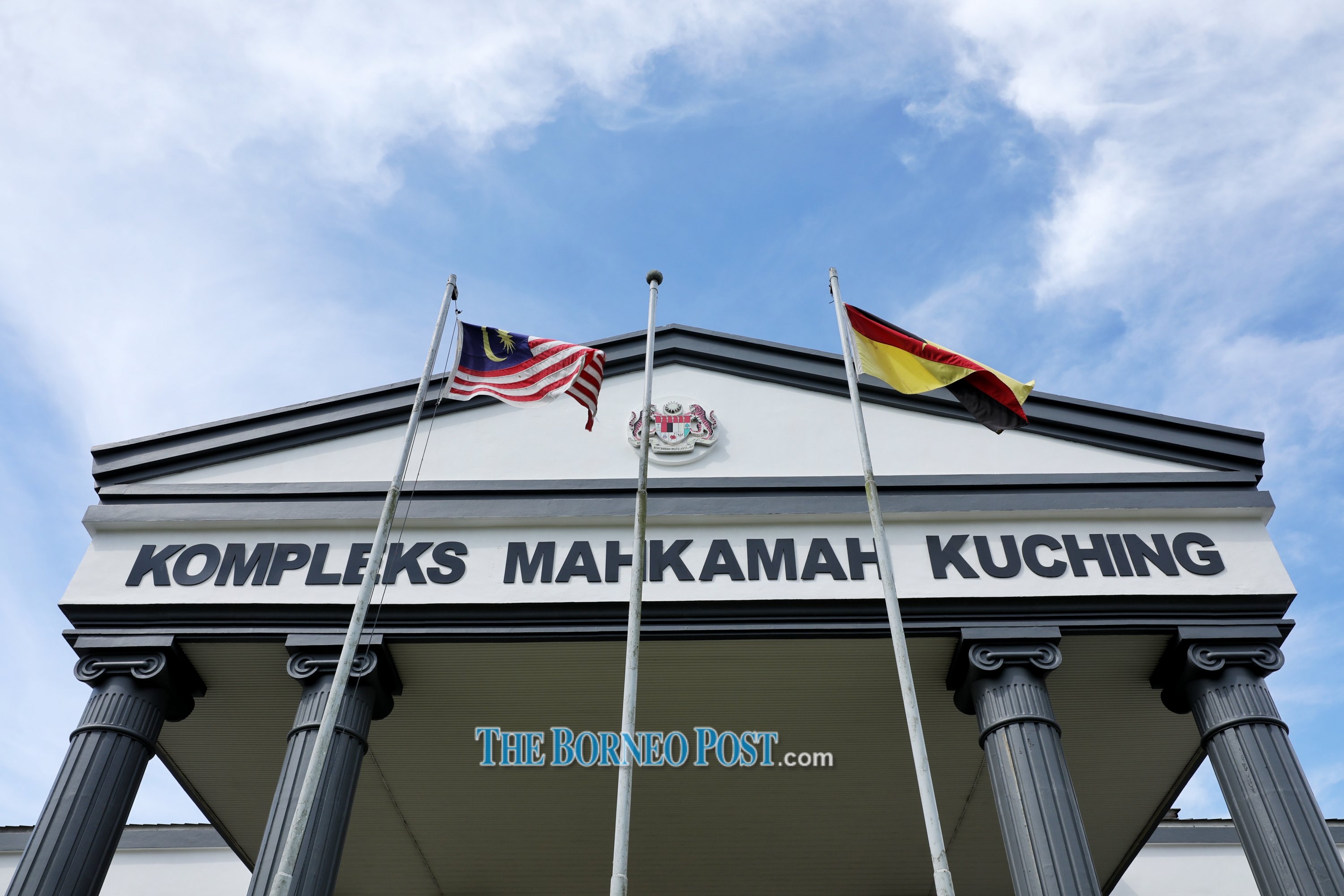ADVERTISE HERE

Niah caves,
KUCHING (Nov 20): The Sarawak Museum Department’s Consultant in Conservation and Archaeology, Dr Franca Cole, shed light on the rich history of Niah National Park in a public lecture entitled ‘Archaeology at Niah: Past Lives and Future Prospects’.
Held at Borneo Cultures Museum here yesterday, the seasoned archaeologist with over 30 years of experience brought the audience on a journey through time to Niah, sharing discoveries of human activity that had existed for over 55,000 years.
“The earliest evidence suggests that Niah was a place of both life and death for our ancestors,” Cole explained.
“They engaged in subsistence living and hunting, and there is evidence of deliberate burials, including that of an adult female dating back 37,000 to 36,000 years ago.”
Renowned for its limestone formations and the iconic ‘Deep Skull’, which is currently on display at the museum, Cole also touched upon the impact of climate change on Niah’s landscape and human habitation.
She pointed out that the caves were once an offshore island, but due to rising sea levels they were reoccupied around 4,000 years ago, with a focus on burial practices.
“The caves were reoccupied around 4,000 years ago, primarily as burial grounds, culminating in the Neolithic and Metal Age cemeteries visible today,” she said.
Speaking to reporters after the lecture, Cole said the aim of the talk was to share overviews of the site to the public, including its rich history.
“Niah is quite a complicated site. Not much information is readily available to the public.
“This lecture is to provide an overview of the site, highlighting the impact of climate change on its usage, the diverse funeral practices that occurred there, and the immense archaeological significance of Niah,” she said.
In expressing her enthusiasm of Niah’s nomination for the Unesco World heritage status, she emphasised that the preservation of Niah is not only crucial for Malaysia but for humanity as a whole.
“Its archaeological treasures hold immense value for the understanding of our shared past and the resilience of human societies in the face of environmental change,” she remarked.








 English (US) ·
English (US) ·